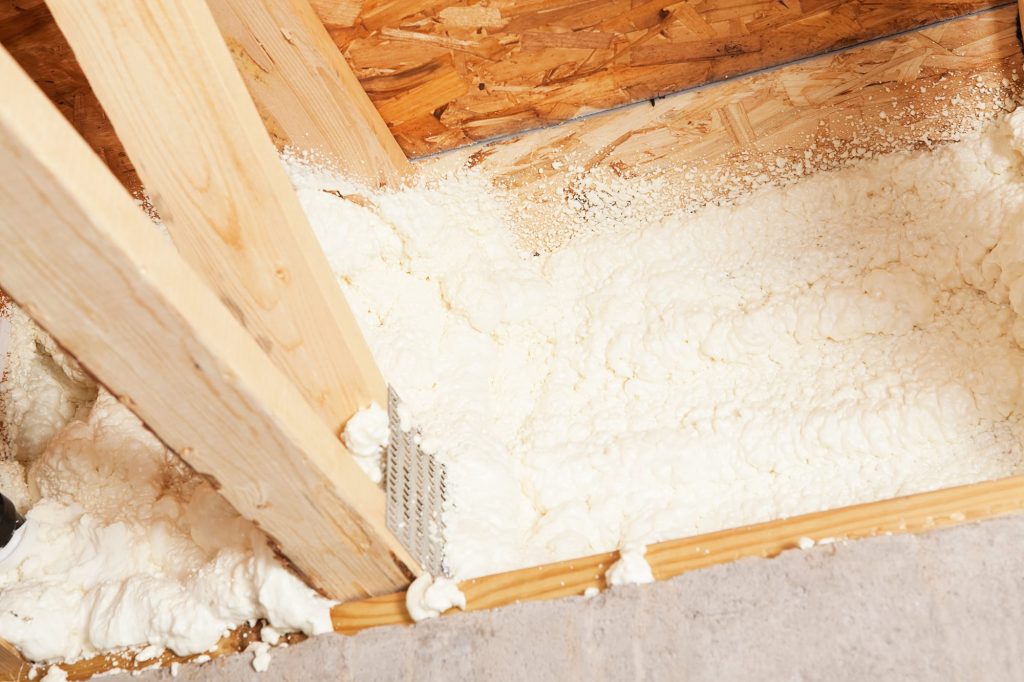An Ounce of Prevention, a Pound of Savings
Drafty houses can be frustrating for any homeowner. In winter months, they allow icy drafts to penetrate our homes, leaving our loved ones shivering and our wallets freezing. In the summer, these same drafts lead to increased air conditioning usage, costing us both comfort and hard-earned cash. Fortunately, there are many simple and effective ways to seal up your drafty house and finally achieve a warm, comfortable haven.

Image: www.aphw.com
Identifying the Drafty Culprits
Before you embark on your anti-draft crusade, it’s essential to identify the sneaky suspects that are letting chilly air inside. Here are the common draft hotspots to inspect:
- Windows and Doors: Check for air leaks around frames, weatherstripping, and thresholds.
- Attic: Gaps between joists, vent pipes, and chimneys can allow drafts into the living space.
- Fireplace: Damper that doesn’t close properly or a hearth that isn’t sealed can admit drafts.
- Plumbing and Electrical Outlets: Wires and pipes that enter the house can create gaps.
- Baseboards: Spaces between baseboards and floors often allow drafts to enter from under the walls.
Weaponry for the Draft Battle
Once you’ve identified the problem areas, it’s time to arm yourself with an arsenal of draft-defeating weapons:
- Caulking Gun: A staple for sealing cracks and gaps around windows, doors, and baseboards.
- Weatherstripping: Adhesive strips that seal air leaks around windows, doors, and thresholds.
- Foam Insulation: Expanding foam that fills larger gaps and holes around pipes, wires, and chimneys.
- Draft Snakes: Fabric or inflatable barriers that fit under doors to block drafts.
- Window Film: Transparent plastic sheets that adhere to windows to create an insulating layer.
Tactical Execution: Plugging the Leaks
- Windows and Doors: Inspect the weatherstripping around windows and doors. Replace worn or damaged strips and add weatherstripping to areas that lack it. Caulk any cracks or gaps around frames and thresholds.
- Attic: Seal gaps between joists and vent pipes with expanding foam insulation. Inspect the chimney for any leaks and seal them accordingly.
- Fireplace: Ensure the damper closes tightly. Seal any gaps around the hearth with caulk or fire-resistant sealant.
- Plumbing and Electrical Outlets: Caulk around wires and pipes as they enter the house. Use foam insulation to fill larger gaps.
- Baseboards: Inspect the seal between baseboards and floors. Caulk or use foam insulation to fill any gaps.

Image: sealed.com
Expert Tips for Optimal Results
- Use Caulk Wisely: Caulk works best in small, well-defined gaps. For larger gaps, consider using foam insulation or weatherstripping.
- Clean Surfaces Beforehand: Remove dirt or debris from surfaces before applying any sealant. This ensures proper adhesion and seals.
- Tackle One Area at a Time: Break down the task into manageable sections to avoid feeling overwhelmed.
- Test for Success: Place your hand near potential draft sources after sealing. If you feel any airflow, the seal needs reinforcement.
- Regular Maintenance: Regularly check for new leaks and address them promptly to prevent drafts from returning.
How To Fix Drafty House
https://youtube.com/watch?v=EY4oQdHgCb0
Conclusion: A Draft-Free Haven
Fixing a drafty house is a remarkably rewarding project. By sealing up leaks, you’ll not only enjoy a warmer and more comfortable home but also save money on energy bills. With a little time, effort, and our comprehensive guide, you can transform your drafty abode into a draft-free refuge, protecting your loved ones and your finances from winter’s chill and summer’s heat. Embrace the power of insulation and enjoy the tranquility of a well-sealed home.